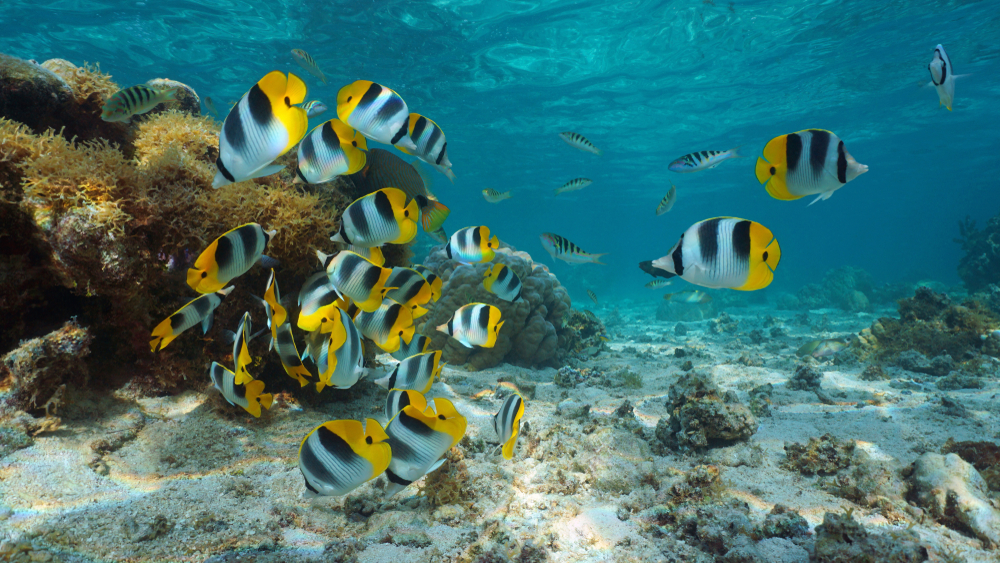South Button Island Overview
South Button Island National Park, located in the picturesque Andaman and Nicobar Islands of India, is a diminutive yet extraordinary protected area renowned for its pristine beauty and rich biodiversity. Covering an area of just 0.03 square miles (0.07 square kilometers), this national park is one of the smallest in the region but holds a treasure trove of natural wonders. It is part of the Rani Jhansi Marine National Park group and is situated approximately 25 kilometers southwest of Havelock Island, a popular destination in the Andaman archipelago.
The park’s terrain is a delightful blend of rocky outcrops and coral reefs surrounded by turquoise waters. The island’s landscapes feature lush coastal vegetation dominated by tropical mangroves and scattered palms, creating a vibrant green contrast against the azure ocean. The underwater realm, however, is the true highlight, with coral reefs that harbor an astonishing array of marine life. The shallow coral gardens are teeming with vibrant coral species such as brain corals, staghorn corals, and plate corals, making it a haven for snorkelers and scuba divers.
The park is celebrated for its marine biodiversity, offering visitors an unparalleled opportunity to witness some of the most spectacular underwater ecosystems in the world. Marine species such as angelfish, butterflyfish, parrotfish, and clownfish can be seen darting among the reefs, while larger creatures like manta rays, reef sharks, and sea turtles often grace the waters. Additionally, the park is home to a variety of sea anemones, sponges, and crustaceans. Above the water, visitors may encounter seabirds like white-bellied sea eagles and various terns that circle the island’s skies.
South Button Island National Park’s allure lies not only in its natural beauty but also in its tranquility. The park is a favored destination for eco-tourists and adventure enthusiasts who enjoy activities like snorkeling, scuba diving, and glass-bottom boat tours. These experiences offer an intimate glimpse into the vivid marine life and coral structures that flourish beneath the surface. While there are no permanent human settlements on the island, it remains a popular day-trip destination from nearby Havelock and Neil Islands.
Conservation efforts have been pivotal in maintaining the park’s ecological integrity. Managed under the guidelines of the Andaman and Nicobar Islands Forest Department, the park is protected from overfishing, coral harvesting, and other destructive activities. Despite these measures, the region faces challenges such as coral bleaching due to rising sea temperatures and the impact of marine pollution. Nonetheless, ongoing initiatives, including reef restoration programs and community engagement, have helped preserve the park’s unique ecosystems and raise awareness about its importance.










































































